10 Ways to Optimize Music Streaming

Introduction:
In 2024 music streaming accounted for roughly 84% of the total music industry revenue. With big boys like Apple, Amazon, and YouTube investing in the music streaming craze, annual music streaming revenues have surpassed $17.5 billion and are expected to surpass $30 billion by 2025.

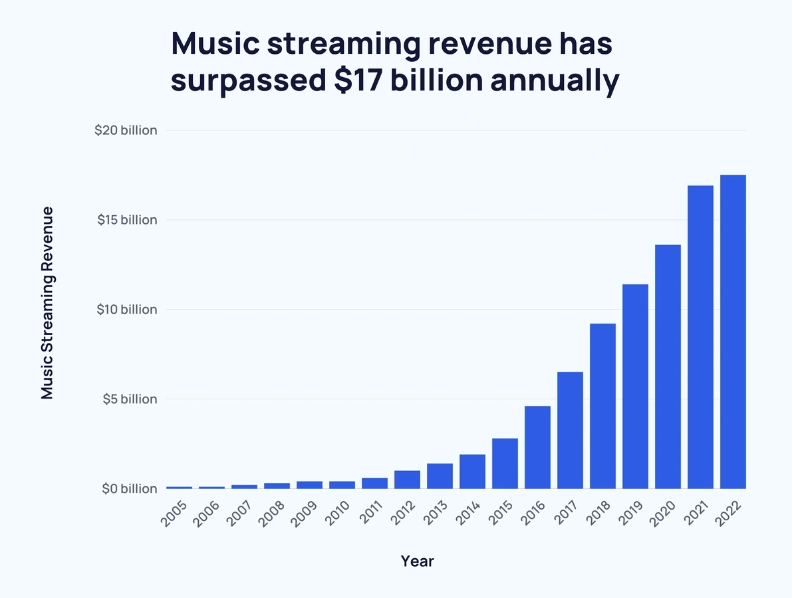
With over 100 million songs available to stream from online services, the convenience of streaming has made it the #1 choice for many audiophiles.
With high-speed internet being the norm, if done correctly, the sound quality of music streaming can be almost indistinguishable from the same files ripped from CDs or downloaded and played on a music server.
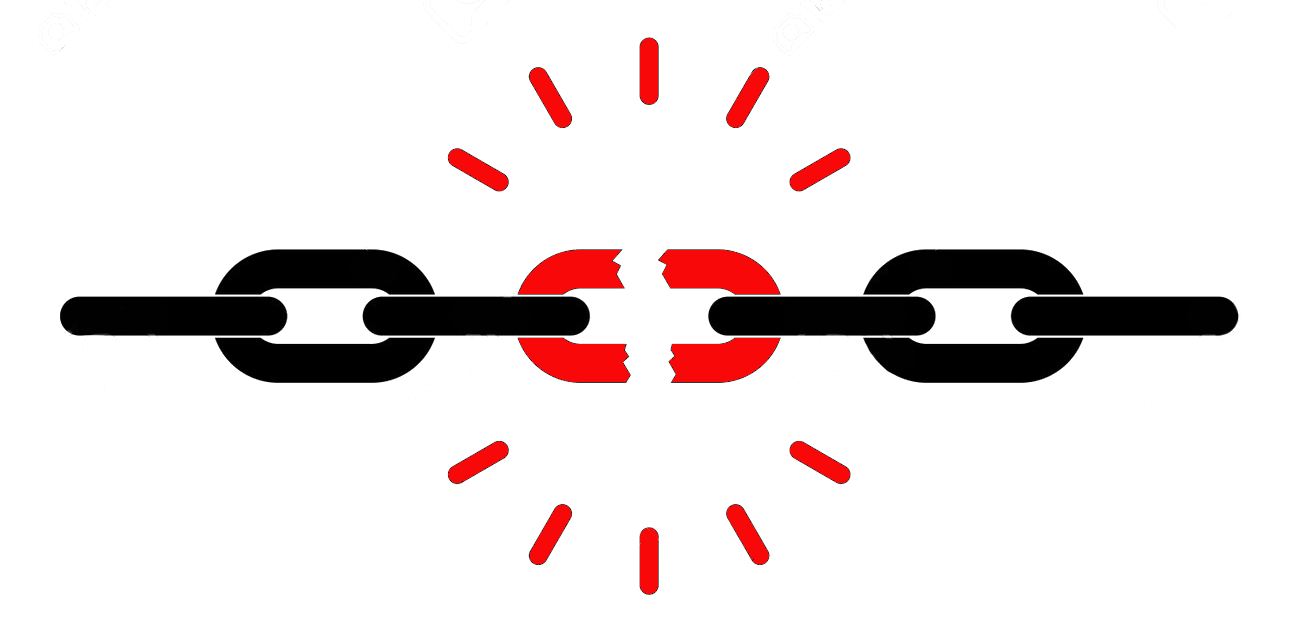
This blog will help you to identify the weak links in your digital signal path so that you can get the best possible sound quality from online music streaming.
Remember: Every Link in the Chain Matters.
#1 Music Streaming Services:
For many of us it is all about the music selection. It's true that different music streaming services have more of a selection of certain obscure genres of music than others. And for some of us that is all that matters.
For those of us who find that most streaming services have most of the music we like to listen to and who are trying to get the best sound quality, I recommend not falling for the trendy debates you may read online as to which music streaming service sounds empirically better than another.

The sound quality of a specific streaming service in your home not only has to do with the quality of the specific version of each recording used by a streaming service, and the specific hardware used by a streaming service, but can also sound significantly different from one geographic location to another, from one internet service provider (ISP) to another, and even from one time of day to another.
I’ll get into that whole time of day thing when I discuss ISPs. For now let’s focus on streaming services.
Though most people find that lossless and high-definition (HD) recordings streamed from audiophile services like Tidal and Qobuz will sound notably better than mass-market services like Spotify, Apple, or Amazon, that is not always the case. And though you may hear that Tidal sounds better than Qobuz or that Qobuz sound better than Tidal, there are several factors that contributed to these often contradictory points of view.
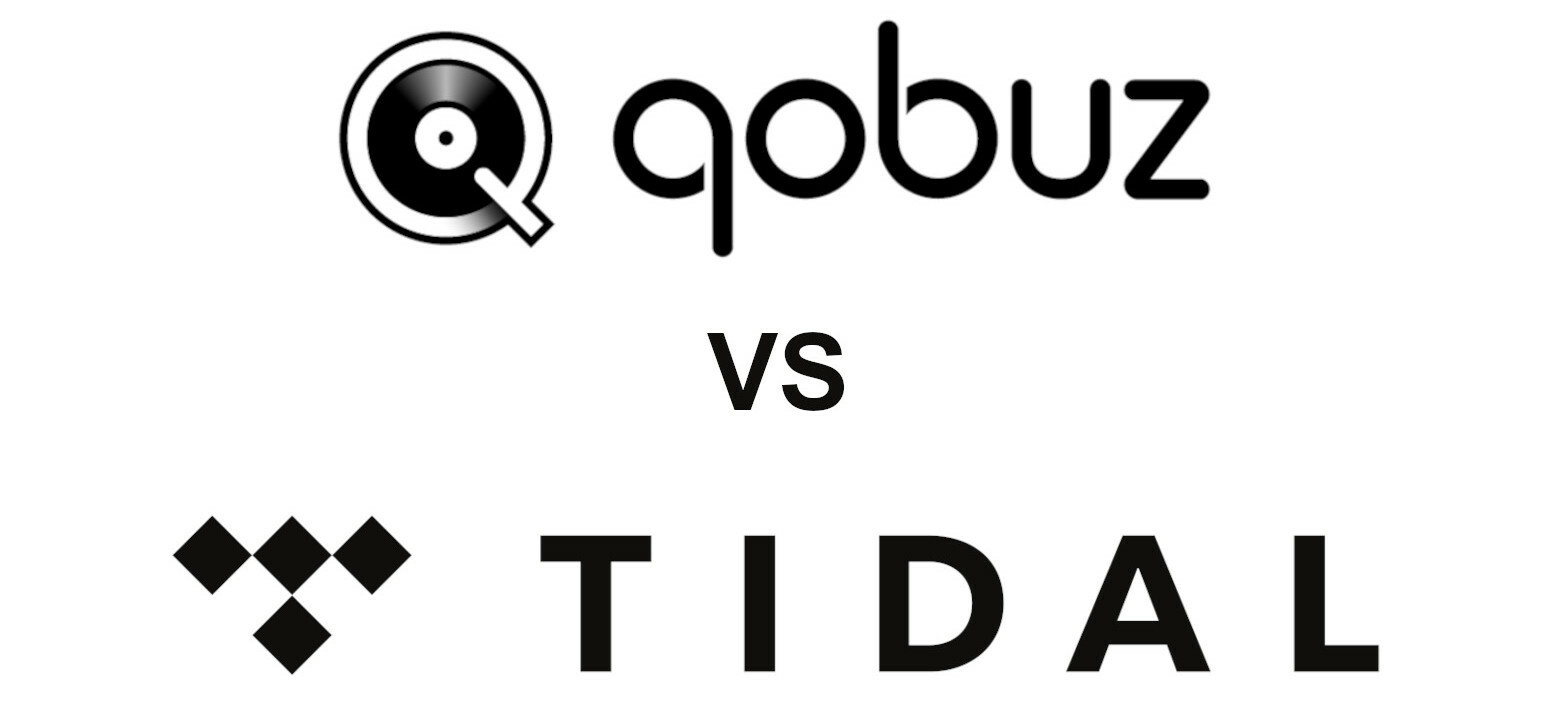
I would not recommend believing anyone who claims that one streaming service sounds empirically better than another. Rather I would suggest that you compare different streaming services in your home throughout the different times of day that you listen with the specific recordings you like to listen to, and then draw your own conclusions.
As I explain some of the other factors that can contribute to the sound quality of streamed music in your home you will begin to understand why sound quality is far from just a matter of choosing the right streaming service.
#2 Internet Service Providers:
Though higher download speeds may seem to be an important concern when selecting an ISP, it is actually one of the least important factors. All modern internet services have more than enough bandwidth to handing HD music streaming. Consider that all modern ISPs can handle HD movies which not only contain the significantly larger video portion of the stream, but also contain multiple channels of surround sound HD audio. So by comparison, two channels of HD music uses relatively little bandwidth.
What is more important are things like the quality of a specific ISPs infrastructure, the consistency of their performance during different times of the day, and even the specific brand and type of hardware they use in your home.

Consider factors that can degrade performance such as how much are their data lines being subject to things like EMI or RFI as they travel the long distance between your streaming service and your home. Also consider factors that could degrade the AC power used by the distribution nodes for a specific ISP in your area such as a nearby industrial zone or inadequate grounding. And all that is not even considering the performance of the specific hardware used both outside and inside of your home.
All of these factors are significantly more important than download speed or the specific type of internet. In other words, DSL could sound better in some areas than cable or optical ISPs. Or any one of them could sound significantly better or worse during different times of the day.
Fact is that the infrastructure between you and a streaming service or factors in your neighborhood may explain why you may prefer the sound of one ISP over another. This is why other people whose opinions you respect may have a totally different opinion as to the sound quality of a music streaming service.
Now let’s talk about things inside of your home vs things outside of your home.
The performance of your modem, router, and the power supplies powering those components, makes a significant difference in sound quality. One ISP may have a significant advantage over another simply because there are more options to use higher quality modems, routers, and power supplies with their service. Another thing to consider is that with some services you are locked into hardware that is AC powered with an internal switch-mode power supply (SMPS) where as with other services there is an option to upgrade the external “wall-wart” SMPS with a high-performance linear power supply (LPS).
I’ll get into modem, router, and power supply upgrades later in this blog. Let’s get back to ISPs.
Another significant consideration and one of the more undefinable factors is the bandwidth in your area. For example, cable internet is a “party line” where you are sharing bandwidth with all of your neighbors who share the same distribution node. In some neighborhoods, such as older neighborhoods with old infrastructure or high-density apartment complexes or residential neighborhoods that share bandwidth with commercial areas, you may hear a notable difference in sound quality during different times of the day as usage goes up and down.
Read the fine print on the contract from your ISP: it clearly states “up to...” a certain download and upload speed and never guarantees those numbers.
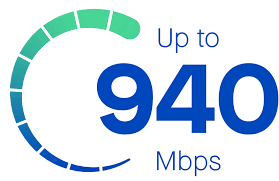
I used to live in a place where relatively low performance DSL sounded better than high-speed cable internet. In that neighborhood the shared bandwidth of the cable internet notably slowed download speeds, as well as the sound quality of streamed music, from about 2pm when children got out of school to about 10pm when most people went to sleep. And when I moved to a different neighborhood only a few miles away the same ISPs had totally different performance.
#3 Local Area Networks:
Let me start by mentioning the biggest of all music streaming faux pas: streaming through the Wi-Fi on your Local Area Network (LAN). Simply don’t do it.
I’ve run into quite a few audiophiles who have systems that cost as much as a luxury car who didn’t realize how much sound quality they were losing due to Wi-Fi streaming through their LAN until they paid a modest sum to have their ISP relocate their modem to a room that would allow them to use a hardwired Ethernet connection to their music streamer. If you’ve been streaming through Wi-Fi believe me when I say that paying your ISP to move your modem so that you can connect your streamer with an Ethernet cable will significantly improve the sound quality of your music streaming.
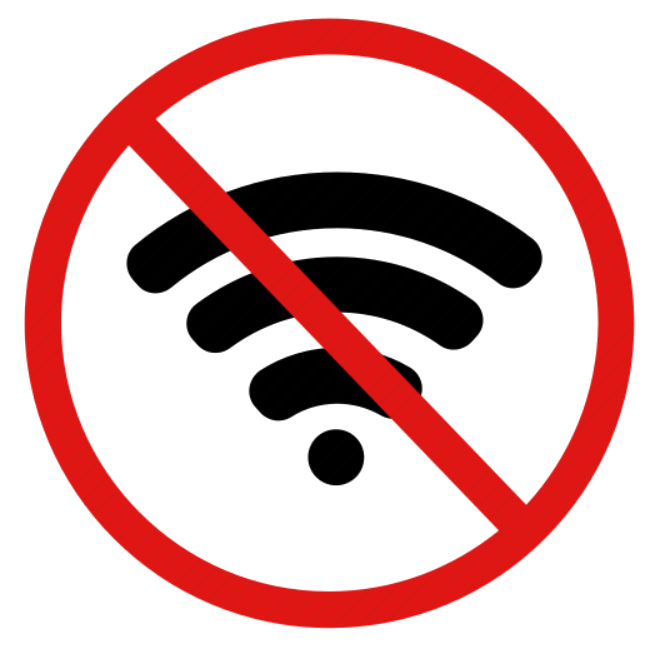
Now for hardwired LAN issues...
Though the download speed of your ISPs service and the bandwidth of your ISPs modem may be more than enough to handle your kids playing online video games and your wife watching Netflix while you’re streaming HD music, the act of your modem “juggling” data streams degrades sound quality considerably.
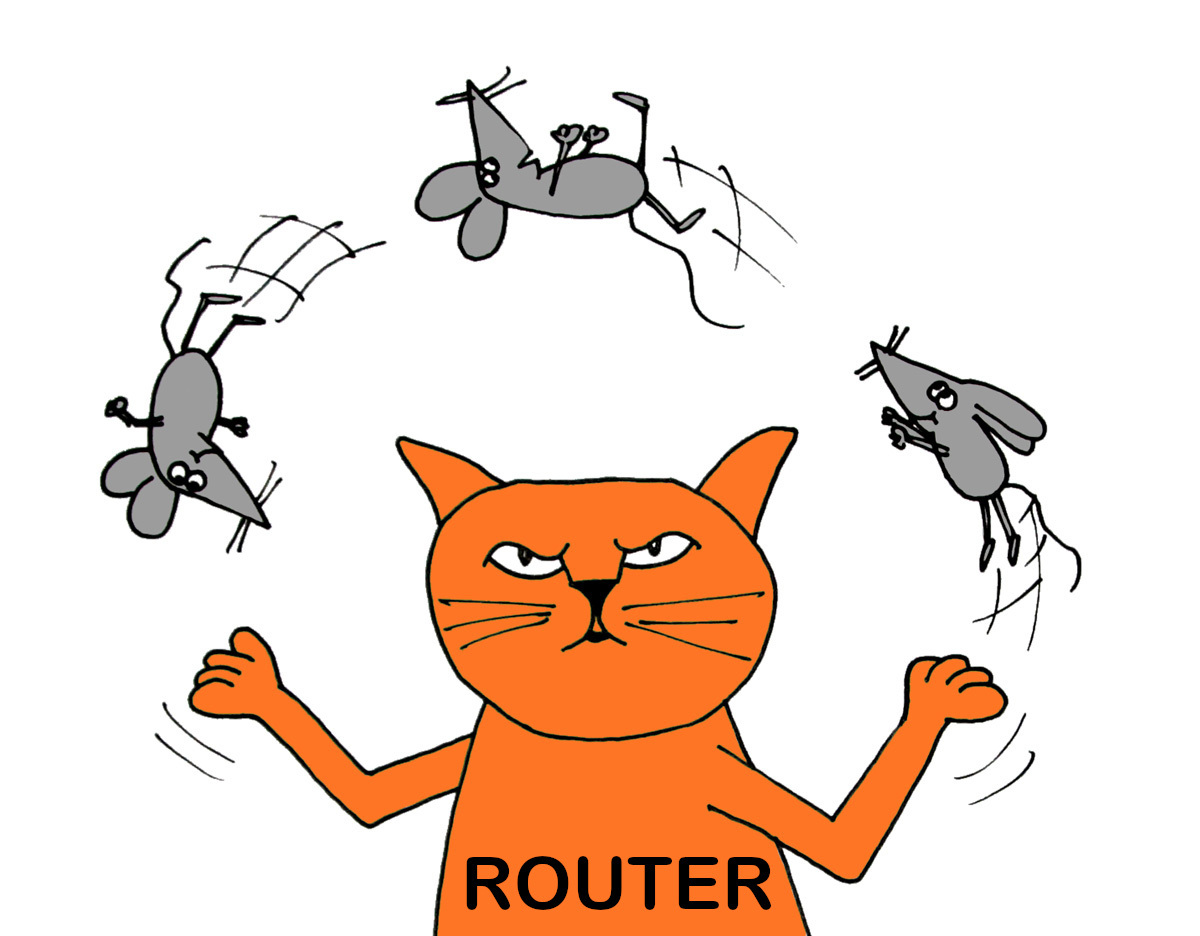
Even if you live alone you certainly don’t want to be downloading anything while you’re doing critical listening. And if you don’t live alone, you may want to consider a dedicated ISP modem just for streaming your music.
Of course no matter how much free bandwidth you have on your LAN the problem may be the performance of your modem or router.
#4 Modems, Routers, and Wi-Fi:
Most ISPs offer a single component that perform the functions of a modem, router, and Wi-Fi. And most of the standard modem/router/Wi-Fi components that ISPs provide are far from the highest performance. Granted, is always better to have separate commercial grade components, but few of us have a budget to spend thousands of dollars on the best high-performance commercial components from companies like Cisco and Ubiquiti. If you don’t have a cost-is-no-object budget and have to compromise like most of us do, I would recommend going with more modest priced components and two hardware upgrades:
- Use an independent Wi-Fi access point as opposed to one integrated into your modem/router to minimize degradation of data from RFI.
- Power all the components in your digital signal path, such as modems, routers, switches, optical isolators, and reclockers, with a LPS.
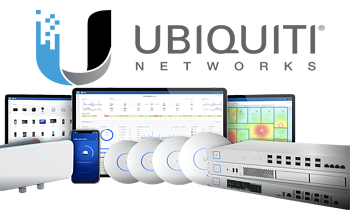
Obviously it would be easier to upgrade an external “wall wart” SMPS with a plug-and-play LPS, but you may be quite surprised how easily many components can be rewired to bypass the internal SMPS and use an external LPS.
For those of you who are not into DIY audio, Mojo Audio can convert your modem, router, or switch to use one of our LPSs.
#5 Power Supplies:
The “wall wart” SMPS that come with most modems, routers, switches, NAS drives, optical isolators, reclockers, and mini computers, are the weakest links in your digital signal path. These SMPS create “hash noise” and radiant noise that pollute other components in your system. Even using the most basic LPS on all components in your digital audio chain can significantly improve the sound quality of streamed music.
Most audiophiles are not going to spend thousands of dollars on the best commercial grade modems, routers, and Wi-Fi components. But you can get a significant improvement in sound quality by spending less than $500 to upgrade the SMPS on your ISPs modest all-in-one modem/router/Wi-Fi component with a LPS.
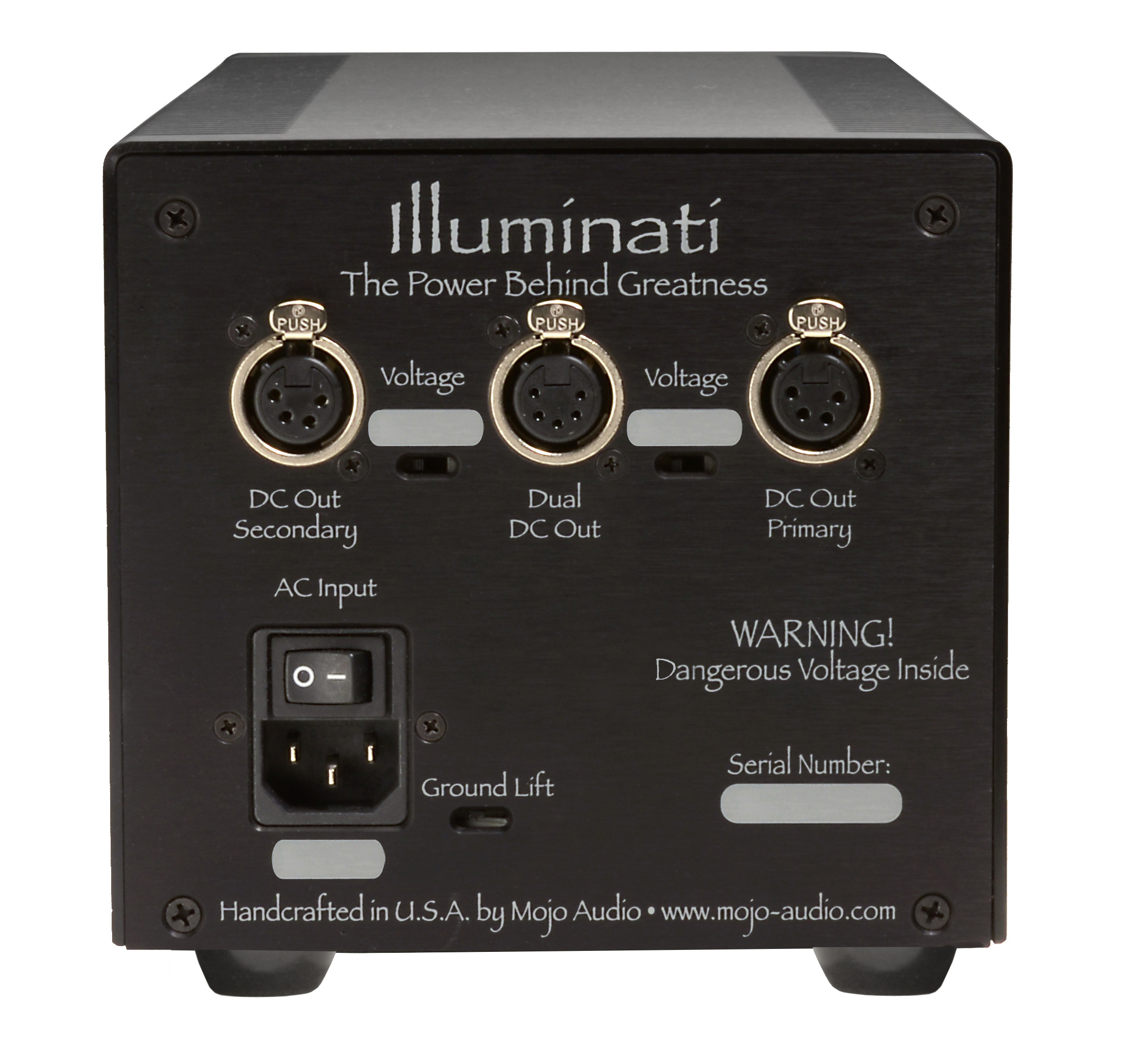
And modest networking components upgraded with a LPS could sound better than very expensive commercial grade separate components with integrated SMPS. The commercial components may have considerably more bandwidth, but if higher bandwidth is not required, the lower noise from a LPS could make a more audible improvement in the sound quality of streamed music.
I recommend comparing LAN hardware options side-by-side before assuming that a more expensive higher performance networking component with an integrated SMPS will sound better than a more modest component powered by a LPS.
#6 Reclocking:
The clocking in network components simulate and approximate the 44.1Khz and 48Khz multiples that are used in digital music. Audiophile routers, switches, and network reclockers, that reclock to a true 44.1Khz or 48Khz multiple will improve the sound quality of streamed music.
Despite what some high-end audio manufacturers may claim, you can’t hear the accuracy difference between the .005% accurate clocks used in most home and commercial networking components and the .000005% accurate clocks used in audiophile components. What you can hear or not hear is the different types and levels of noise different clocks generate.
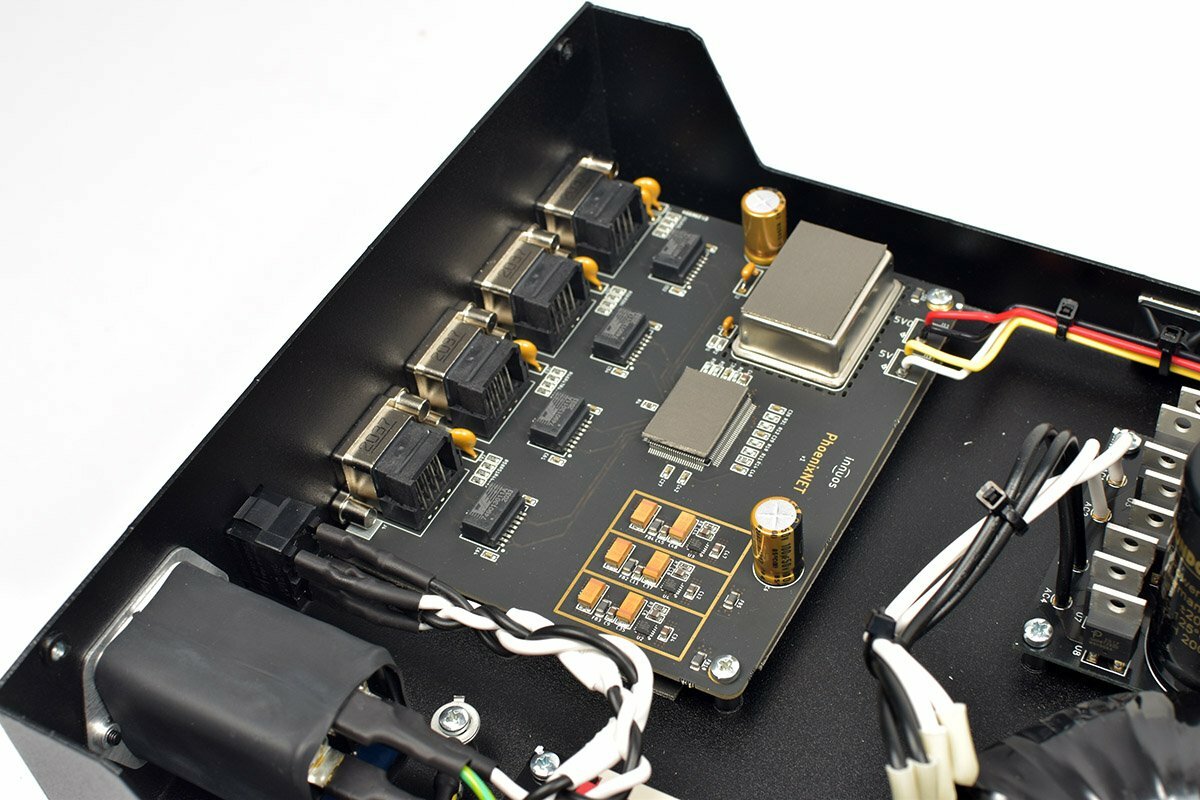
All clocks create hash noise and radiant noise that can pollute other components. You may not be able to hear the difference between .005% and .000005% clock accuracy, but you can certainly hear when hash noise is minimized to inaudible levels and you certainly can hear the reduced radiant noise from the oven shielding around oven-controlled crystal oscillators (OCXO) in audiophile grade networking components.
What has been blowing my mind in recent years is how much I can hear the difference between different levels of audiophile clocking. On paper all of these clocks should have noise levels well below audibility. But there are some companies like Innuos, Zayin, LHY, JCAT, SOtM, and Sonare, who are now offering these uber performance master clocks that take computer audio to a whole new level.
Some of these companies, like JCAT, offer these master clocks with their best PCIe Ethernet and USB cards allowing you to integrate a high performance router or a USB reclocker into your computer music server that will rival the best-of-the-best of external audiophile routers and reclockers.
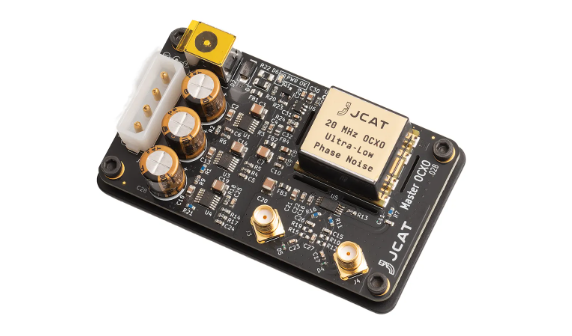
Consider this: you can have several network components each with an independent LPS and a rat’s nest of data and power cables or just one larger single box component between your modem and your DAC. Granted, having a multi-component multi-power supply networked system does give your average audiophile the most options since upgrades are plug-and-play as opposed to requiring the technical expertise to modify a computer. But with all the cables and connectors between those components most often they don’t sound as good as one properly engineered single chassis integrated component. Think about it: external networking components have to go though cables, connectors, output transmitter, and input receiver chips. Where as an integrated PCIe card is directly plugged into the data buss on the motherboard of the computer. No comparison.
Mojo Audio, can build you any combination of a router, Ethernet reclocker, NAS drive, Roon Core, server, streamer, or USB reclocker to your specifications. It can contain any two of those components or all of them in one chassis. Scalable, upgradable, evolving, and relatively obsolete proof. It can run on any operating system, run any audiophile player software, and integrate any computer board, storage drive, module, I/O card, or master clock that is currently in production. Something to consider.
#7 Cables:
Proper shielding from external influences, proper shielding between power and data wires in a cable, optimal conductivity of the wire and connectors, inductance of conductors, and dielectric absorption, all are factors that can minimize or contribute to the percentage of corrupted bits in your data stream.
Since most digital audio components don’t have error correction, once a bit is corrupted, it will travel from one component to the next in your digital signal chain, compounding the errors with each cable and component.
Here’s a simple test: if you want to confirm whether or not a link in your digital signal chain has error correction that is simple. If two components have error correction between them they will sound identical no matter if you connect them with a $20 cable or a $2,000 cable.
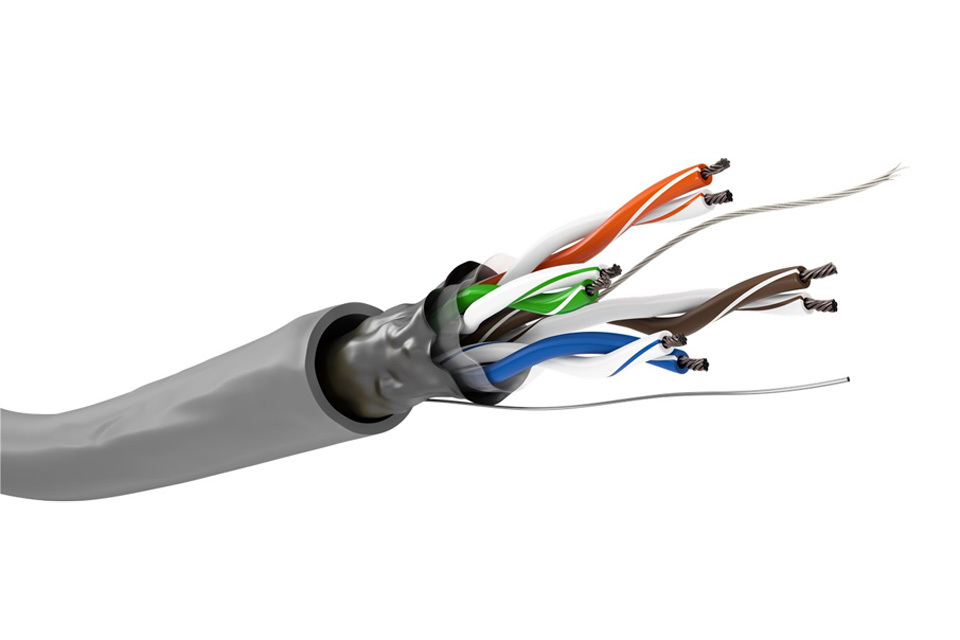
A common misconception is that reclocking or buffering corrects corrupted data. Don’t confuse reclocking with error correction. Just because the clocking has been regenerated doesn’t mean the bits in the data stream are uncorrupted. Because of this the cables in your digital signal chain play an important role.
When you consider digital cables, don’t confuse the price of a cable, their fancy look, their fancy packaging, or the impressive marketing message put out by the cable manufacturer, with actual performance. There are some high-value digital cables that perform better than many of the high-priced audiophile cables.
For example, a few years ago we did a comparison of some very expensive CAT6 audiophile Ethernet cables with a standard CAT8 Ethernet cable that we paid under $10 for on Amazon. The $10 nothing special CAT8 Ethernet cable sounded notably better than some highly regarded audiophile CAT6 Ethernet cables that sold for more than 30 times the price. And I know of quite a few USB cables you can buy on Amazon or eBay direct from the manufacturer for under $100 that sound better than any big name audiophile USB cable I’ve heard for under $500.
How is this possible?
Most big name audiophile cable manufacturers have at least a 300% mark up on their cables. The reason for this is the retail stores want to be able to “build the sale” by convincing their customers that if they buy cables with their system they can offer them some amazing discounted price like 50% off the price of those cables. Of course even discounting the cables 50% the store still makes a huge profit.
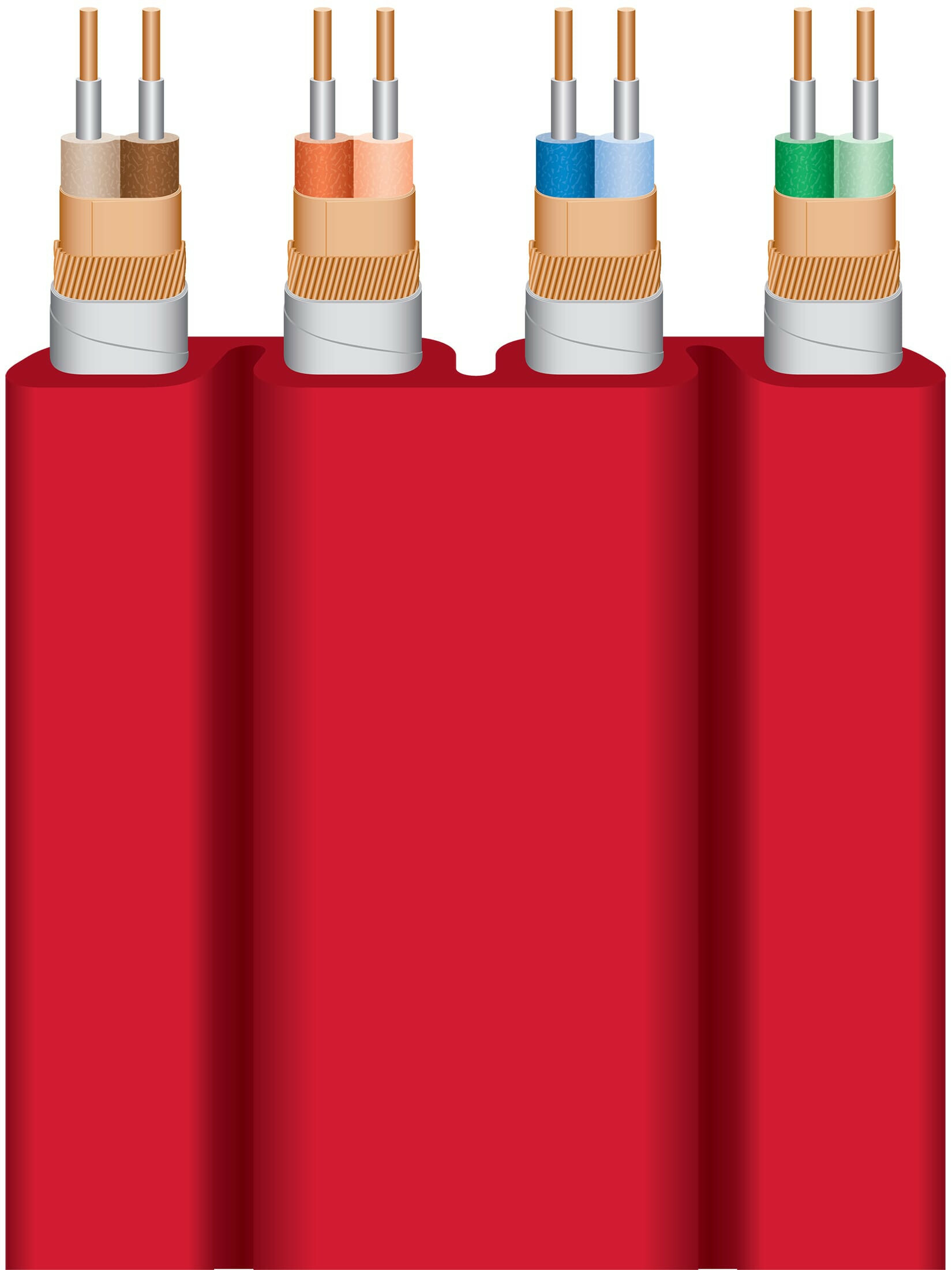
I won’t name a friend of mine who is the owner of a very well known audiophile cable manufacturing company, but a few years ago he confided in me that originally their wholesale price was 33% of the MSRP of their cables. That was until several of the retail stores who sold their cables insisted that their wholesale pricing had to be no higher than 25% of the MSRP or they would no longer sell their cables. True story.
Point being, manufacturers of high quality commercial grade or pro audio grade cables, and manufacturers of audiophile cables who sell directly to the end user, have the the best values in cables. There are quite a few cable manufacturers who sell directly on eBay and Amazon who make cables that sound better than anything you’re going find in a retail store for over five times the price. Before you spend big bucks on any audiophile digital cables from manufacturers who take out full page ads in audio magazines I recommend comparing them with well made commercial and pro audio cables as well as ones manufacturers by companies who sell direct. You may be quite surprised at what you hear.
#8 Player Software:
Many streaming services have their own free downloadable player software and most music streaming services can be played through web browsers. These free players may give you access to all the features and recordings a music streaming service offers, but they don’t deliver the highest sound quality.
High performance player software companies, such as Roon, HQ Player, and JPlay have the ability to embed streaming services into their players to provide higher sound quality, additional features, and a more integrated experience with web radio and local music libraries. In addition to higher performance digital engines, these audiophile players can have advanced digital signal processing (DSP) such as file format conversion, upsampling, dithering, digital EQ, and digital room correction.

One of the reasons Roon is one of the more popular player softwares is because of how well it integrates Tidal and Qobuz with web radio and playback from any storage drive on your LAN. By comparison HQ Player is no where near as user friendly or integrated as Roon. And HQ Player only integrates Qobuz (no Tidal). But HQ Player does have one of the highest performance digital engines and offers DSP such as advanced dithering and a advanced upsampling.
How about the best of both worlds?
The HQ Player digital engine can be used with Roon’s user interface to give you the user friendliness and single interface integration of Roon combined with the sound quality of HQ Player’s digital engine and advanced DSP options.
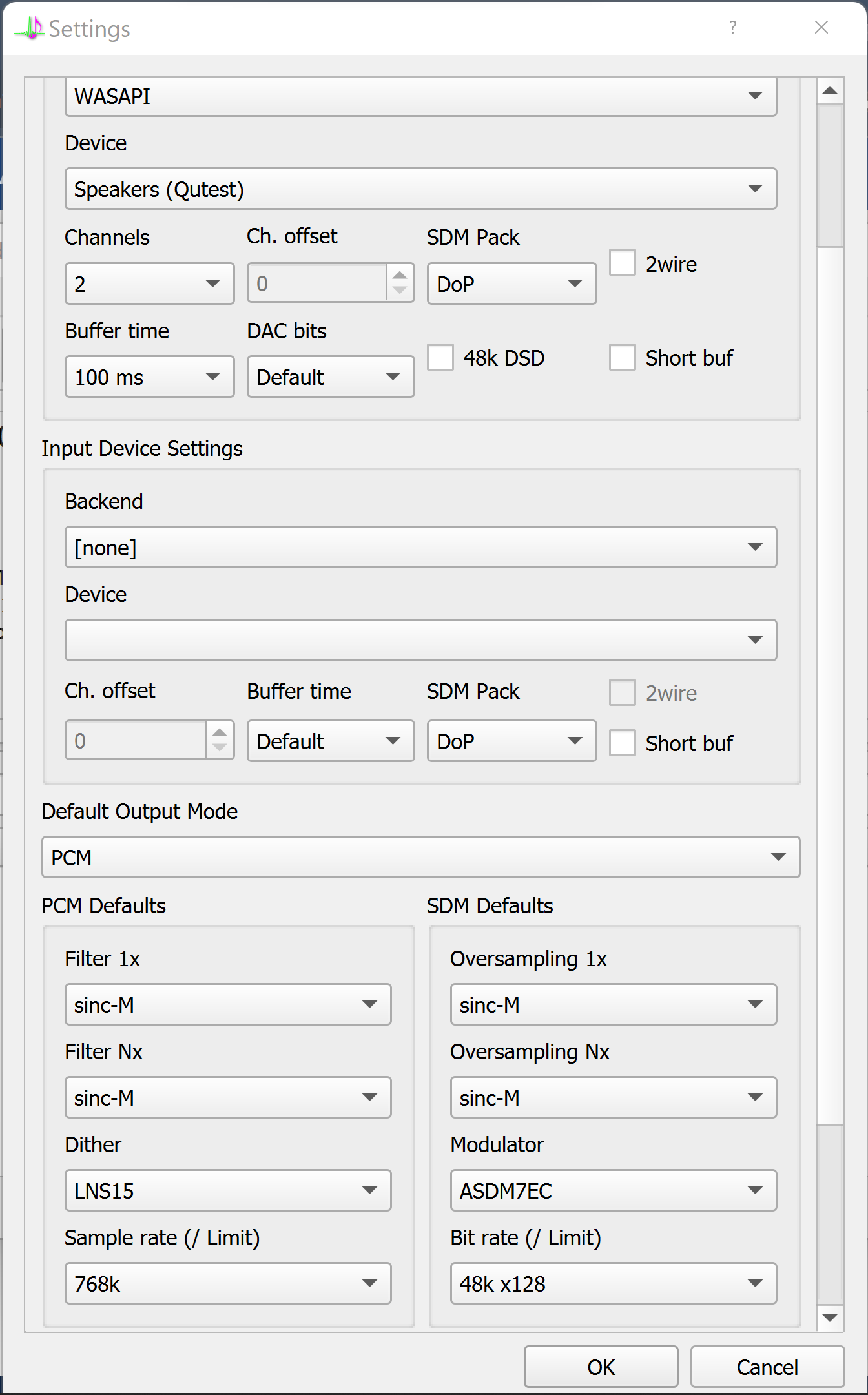
Something else to keep in mind is that if you have a Delta-Sigma DAC the higher the resolution of your bit stream the better your DAC chip’s statistical error correction will work. So with certain DACs what would appear to be insane amounts of upsampling could improve the performance of less than perfect streamed music files. Of course R-2R DACs don’t have statistical error correction which is one of the reasons why you may have heard conflicting reports as to if upsampling improves or degrades performance.
Most of the more advanced audiophile player softwares offer free trial periods. I recommend comparing how they sound with your streaming service, as well as how well they integrate with your other digital sources, and what advanced DSP features they might offer that could enhance your streaming experience.
#9 Software Settings:
Many of the settings in streaming software and operating systems can set limits on data rates, allow variations in data rates, convert data formats, automatically upsample, or limit resolution. Make sure to review all options in the setup of your player software and operating system to optimize sound quality.
One thing that will most certainly reduce sound quality would be if you automatically upsample to 192Khz. Thought it may improve the sound of music files recorded at a multiple of 48Khz, which is the optimal sampling frequency to integrate with digital video, it will most certainly degrade the performance of any music files which were recorded at a multiple of 44.1Khz, which is the optimal sampling frequency for digital music.
Only upsample to even multiples of the original recording. When you upsample to an odd multiple it requires interpolation which degrades sound quality. So upsample 44.1Khz to 88.2 or 176.4 or 352.8Khz not to 96, 192, or 384Khz.
There are other settings which may appear to be counter intuitive in some situations. For example, streaming HD 24/192Khz files theoretically should sound better right? Not always. Many songs that are so-called HD on streaming services are poorly upsampled 16/44.1Khz recordings. And many HD versions of songs don’t sound as good as the 16/44.1Khz version. And if you have bandwidth issues with your ISP or in your LAN you may prefer the sound of a lower resolution 16/44.1Khz recording than an HD version of the same song.

This is what give MQA a distinct advantage in some situations. MQA is a CODEC (compression - decompression) which is used to make 24-bit 88.2Khz HD recordings take up less bandwidth during the streaming process. Yes, this saves the streaming service quite a bit of bandwidth to send you the file. But it also could allow you to stream an HD file in place of a 16-bit 44.1Khz file in situations where limited bandwidth is an issue. This is another reason why one person may prefer Tidal over Qobuz: Tidal offers MQA and Qobuz does not.
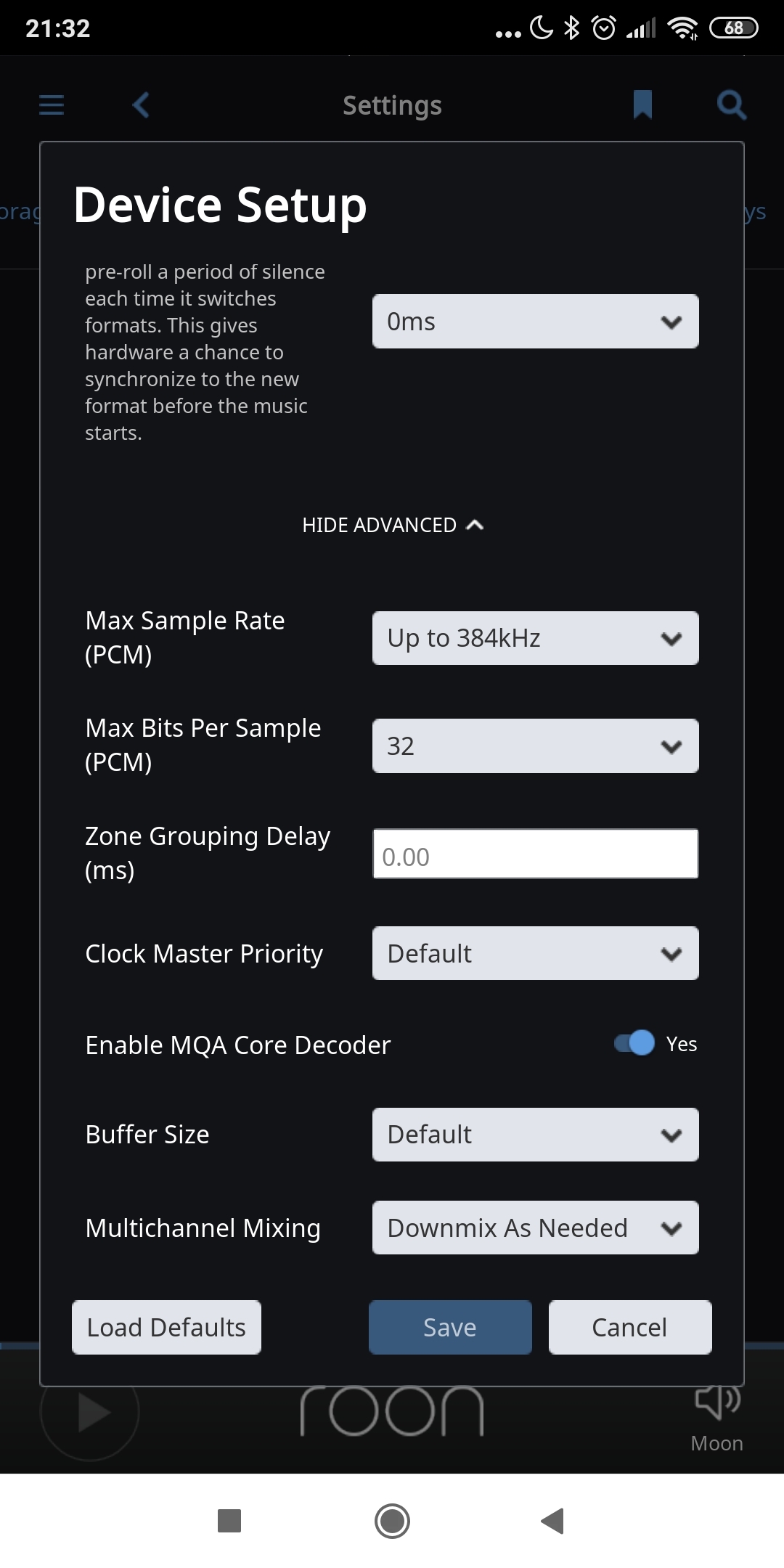
Remember: the 24/192Khz version of a song requires over 6X the bandwidth of the 16/44.1Khz version. That is no small difference. And remember how Delta-Sigma DACs use statistical error correction which could benefit from higher resolutions where as R-2R DACs do not have statistical error correction. All of these factors makes the benefits of HD streaming and upsampling quite system and recording dependent.
#10 Switches, Reclockers, and Filters:
There are components which go between your modem and your streamer that can improve or degrade sonic performance. Some are passive filters, like the Network Acoustics ENO. Others are active components that buffer, reclock, and regenerate the data. Often people misunderstand what each component actually does to improve sound quality.
A filter does not actually correct corrupted bits or clocking, but rather removes DC offset and other unwanted energy above and below the critical bandwidth of the digital signal thereby minimizing misinterpretation of the data.
And keep in mind that all network routers, switches, reclockers, and PCIe cards, buffer, reclock, and regenerate the data before passing it on. The act of buffering, reclocking, and regenerating can improve sound quality by cleaning up, strengthening, and restructuring, less than perfect digital words, thereby minimizing future data corruption.
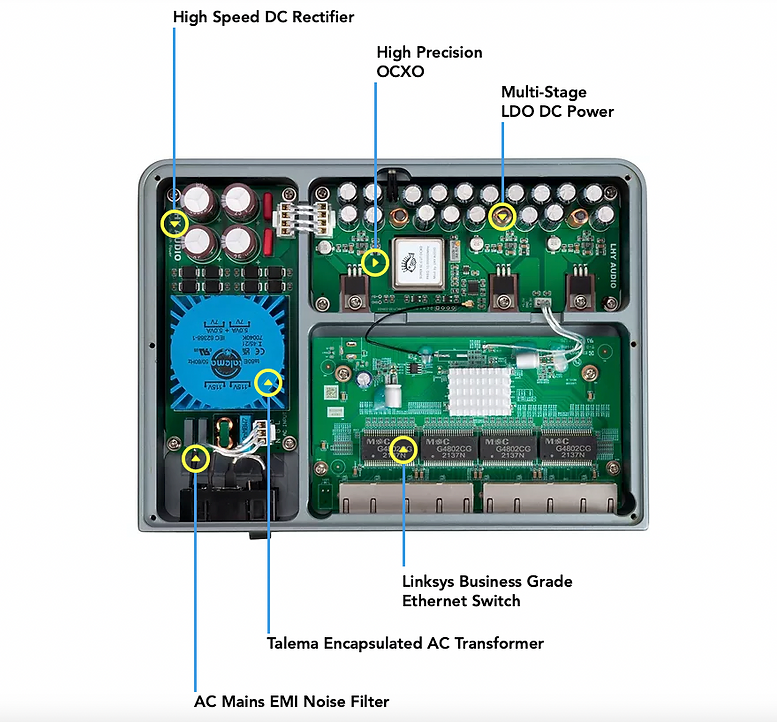
A common misconception is that audiophile routers and switches improve system performance. Aside from performing the function of directing the digital signal to multiple end points, which is the actual function of a router or switch, the actual “improving” function comes from the buffering, reclocking, and regenerating. So unless you actually require audiophile grade redirection of multiple Ethernet signals, such as in a home with multiple high-end audio systems in multiple rooms, you don’t actually need an audiophile router or switch. If you just have one high-end audio system in your home what you may want is a good Ethernet filter or reclocker as opposed to a more expensive and more complex audiophile router or switch.
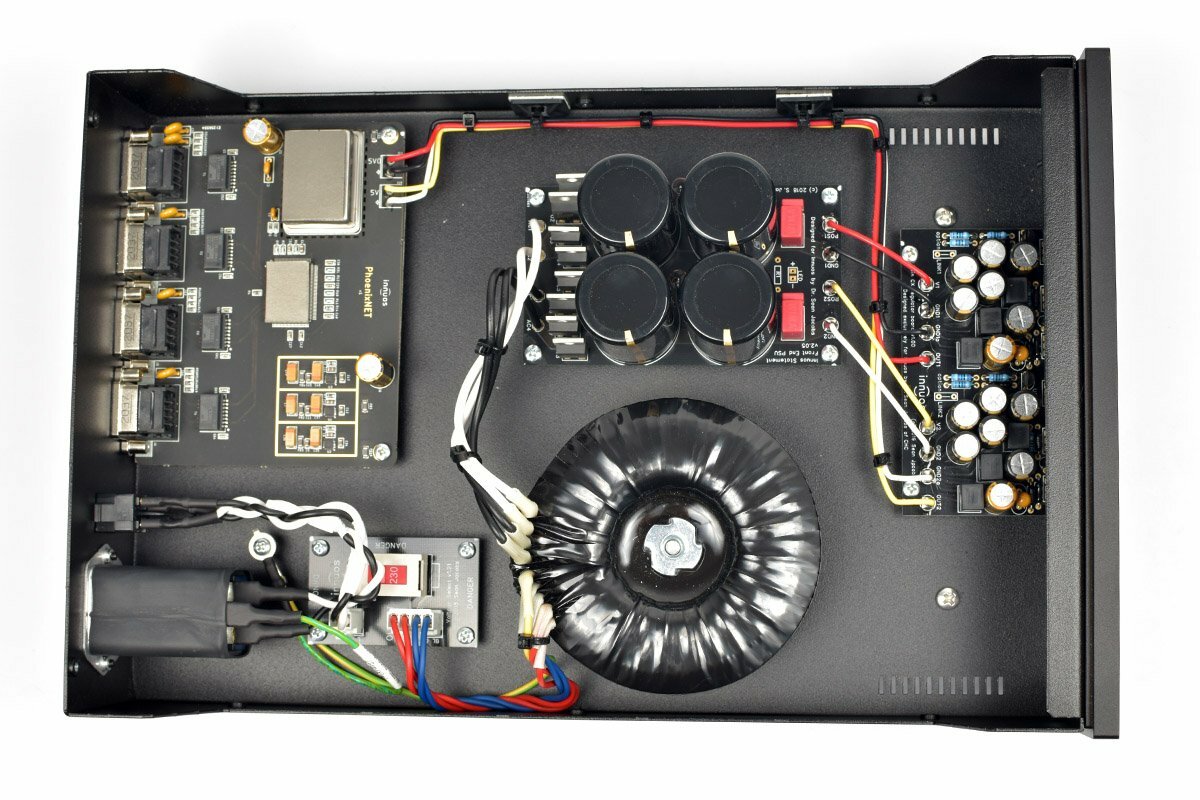
And let’s not forget where earlier I mentioned the difference between multi-chassis and one chassis solutions. You can in fact have a single chassis component that will go between your modem and your DAC that will perform all the functions of an Ethernet reclocker, system controller (aka Roon Core), NAS drive, router, and USB reclocker.
Mojo Audio just released a new Illuminati power supply module engineered to utilize the existing heat sinks on HD Plex and Streacom fanless chassis. With up to six independent linear power supplies it allows you to isolate the power to your motherboard, SSDs, high-performance Ethernet cards, high-performance USB cards, and master clocks.
You can use our new Illuminati power module in your DIY project or have Mojo Audio build you a custom turn key component. Mojo Audio can also install any operating system or player software you desire or install our unique Deja Vu RAM-root Linux operating system which is preinstalled with all the popular player softwares like Roon, HQ Player, and JRiver.
Hear what you've been missing.
